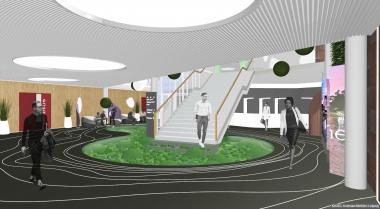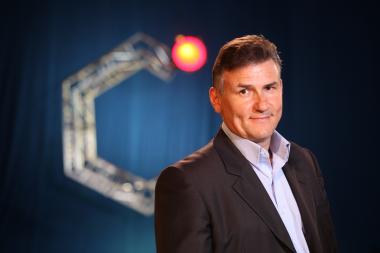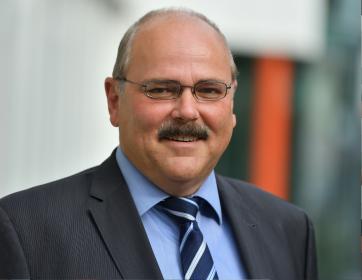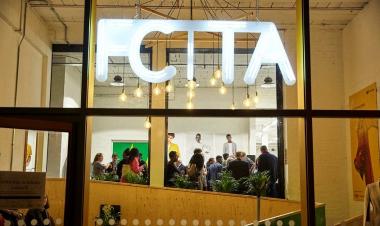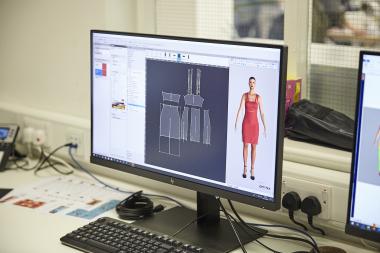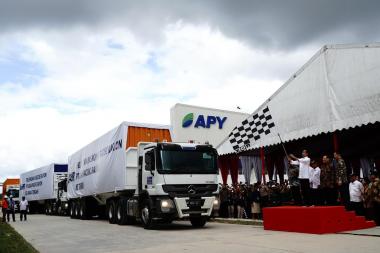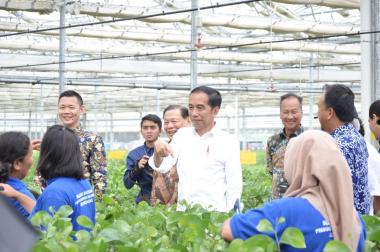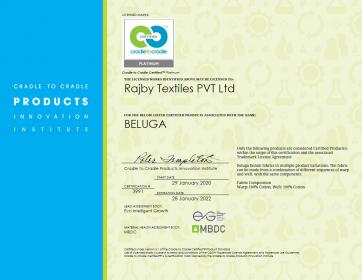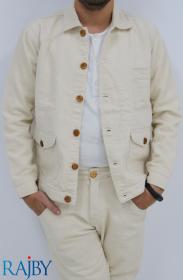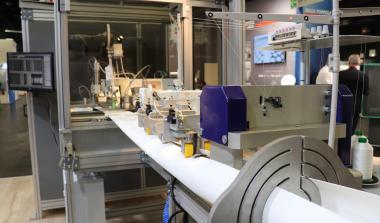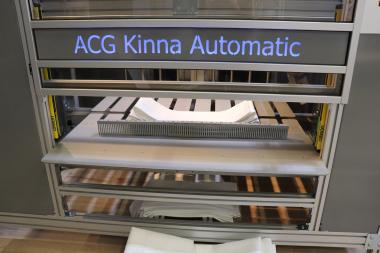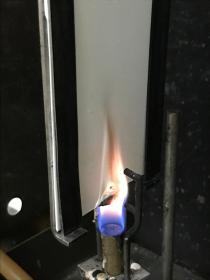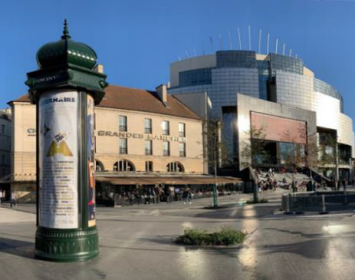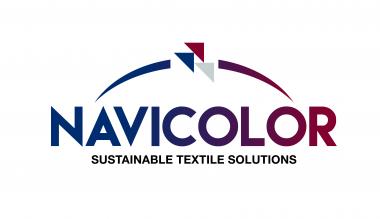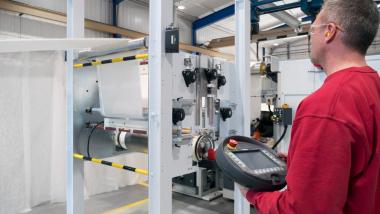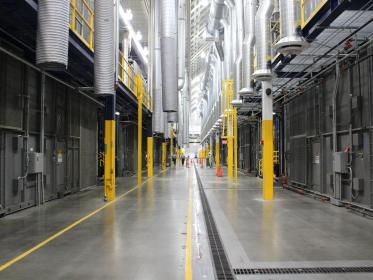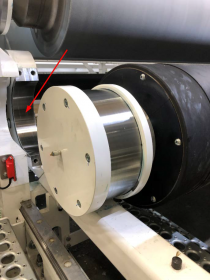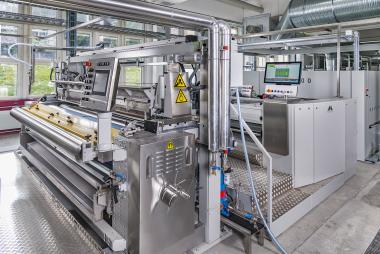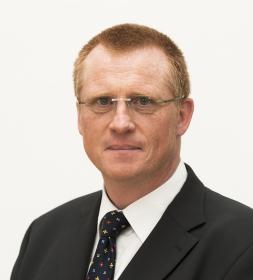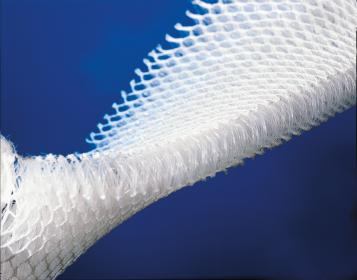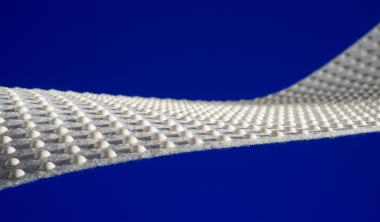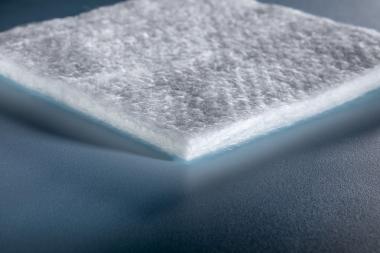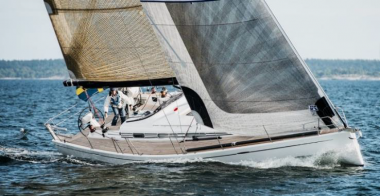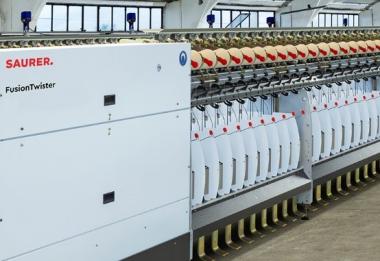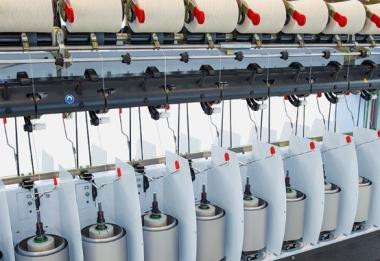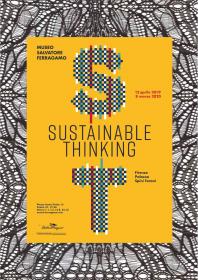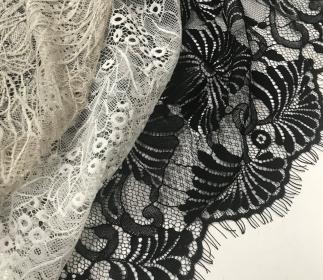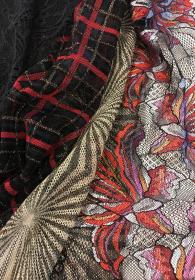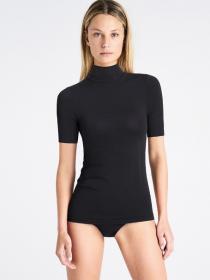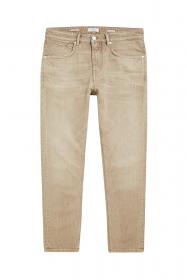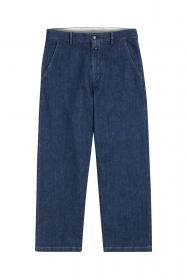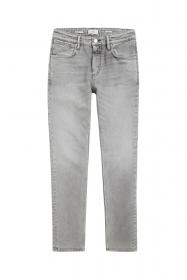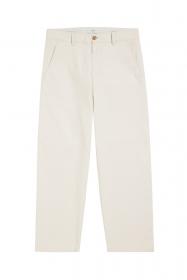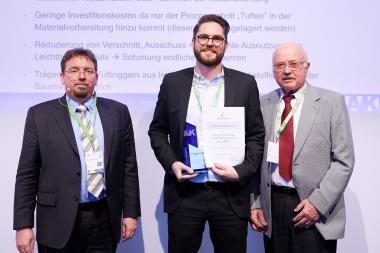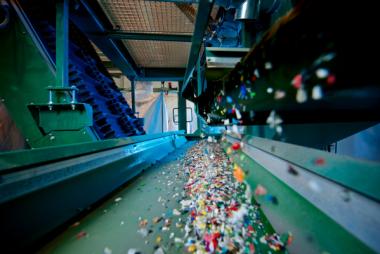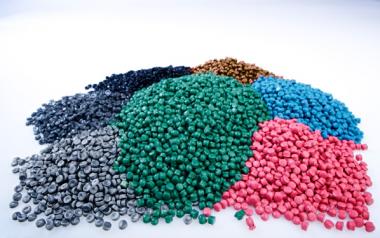8. mtex+: Know-how-Geber für Nachhaltigkeit und Ressourceneffizienz
Neu konzipierte „Fair & Convention for Hightech Textiles” am 9./10. Juni 2020 erstmals im attraktiven Ambiente des Carlowitz Congresscenters in der Chemnitzer City / Umfangreiches Fachprogramm in kompakten Formaten und Ausstellung eng verknüpft
Nachhaltigkeit, Ressourceneffizienz und diesbezüglich orientierte Innovationen sind die bestimmenden Themen der 8. mtex+ . Die erstmals als dialogorientierte „Fair & Convention for Hightech Textiles“ konzipierte Veranstaltung findet am 9./10. Juni 2020 im neuen Carlowitz Congresscenter* in der Chemnitzer City statt.
Zum umfangreichen Fachprogramm gehört das von einer Sonderschau begleitete „Forum für TechTextile Nachhaltigkeit“, zu dem die Inntex GmbH, Chemnitz, einlädt. „Wir haben beispielsweise biobasierte Faserroh- und Faserverbundwerkstoffe im Blick; ebenso das Design for Recycling, die Sekundärnutzung textiler Rohstoffe sowie den Einfluss sich ändernder gesellschaftlicher Rahmenbedingungen auf neue Geschäftsmodelle“, erläutert Inntex-Geschäftsführer Torsten Brückner. „Dazu planen wir offene Workshops sowie eine Praxis-Exkursion in das nahe gelegene Sächsische Textilforschungsinstitut.“
Das vom Bundeswirtschaftsministerium geförderte Kooperationsnetzwerk Textilrecycling „re4tex“ vermittelt in Kurzvorträgen und einer Podiumsdiskussion u. a. aktuelles Know-how zur Wiederaufbereitung von Carbonfaser-Verbundmaterialien sowie zum Recycling von Smart Textiles. Im Netzwerk wirken mehr als 20 Partner aus Forschung, Textilherstellung und Textilmaschinenbau mit.
„Nachhaltigkeit und Ressourceneffizienz sind die Megatrends der Zukunft. Europas vorwiegend mittelständisch strukturierte Textil- und Bekleidungsbranche braucht dafür auf gegenseitigem Vertrauen basierende Kooperationen über Branchen- und Ländergrenzen hinweg“, betont Dr.-Ing. Jenz Otto, Hauptgeschäftsführer des Verbandes der Nord-Ostdeutschen Textil- und Bekleidungsindustrie e. V. (vti). „Der neue, attraktive Veranstaltungsort der mtex+ ist dafür ‚atmosphärisch‘ die ideale Location.“
vti-pressedienst





